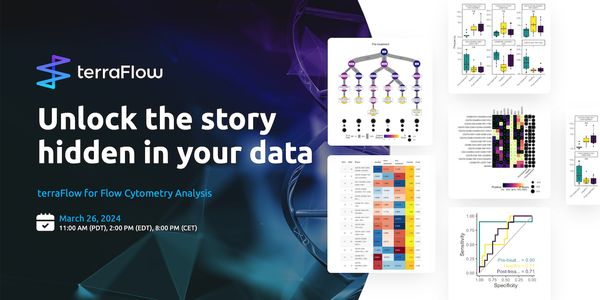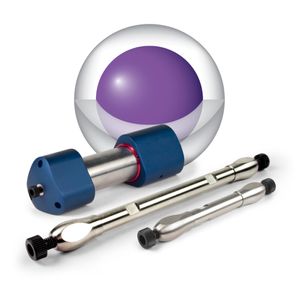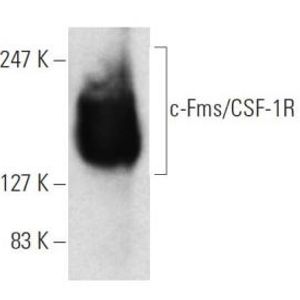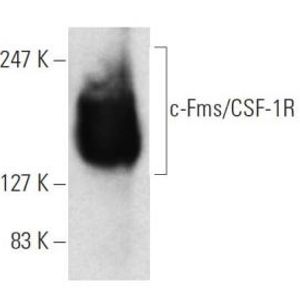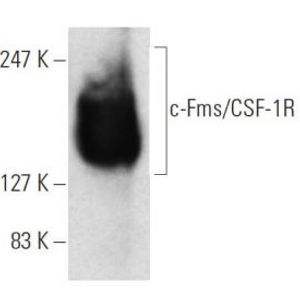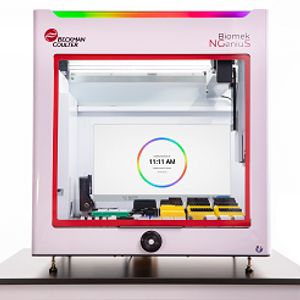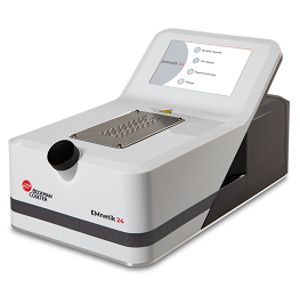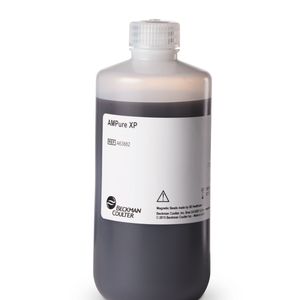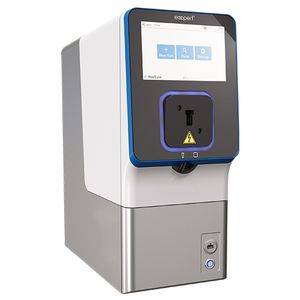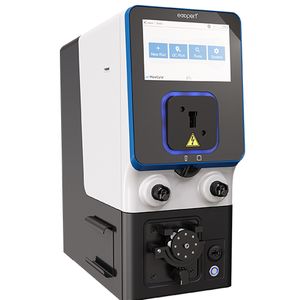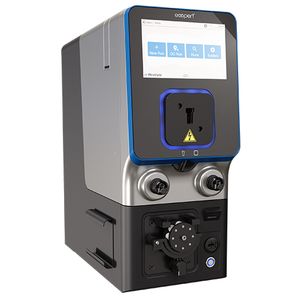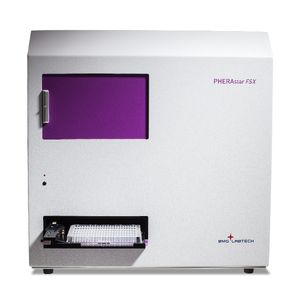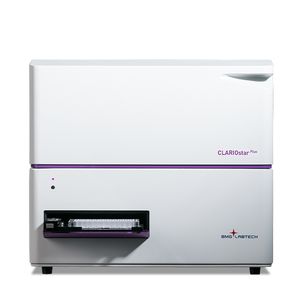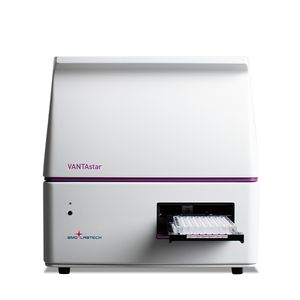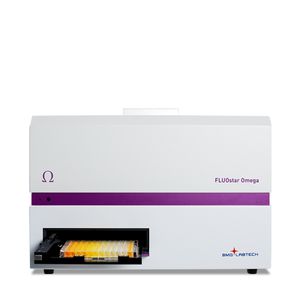Drug Discovery & Development Webinars
Browse our archive of webinars on pharmaceutical and biomedical research from collaborations between pharmaceutical companies, government, biotechnology companies and academia to create new drug discovery opportunities.
Show More
-
APR 18, 2024 | 7:00 AMAbstract: Beginning with a brief historical overview of CRISPR, we will trace its evolution to the current state of gene engineering, highlighting its pivotal role in reshaping the landscape...
-
APR 04, 2024 | 11:00 AMThroughout the journey from manufacturing to patient delivery, low efficiency and poor biocompatibility of conventional preservatives are barriers to successful cell preservation. Our webina...
-
MAR 28, 2024 | 8:00 AMB cell responses within pancreatic ductal adenocarcinoma (PDAC) tumors are associated with improved patient outcomes, yet the specific triggering antigens remain largely unknown. In this web...
-
MAR 27, 2024 | 8:00 AMMetabolomics research involves two approaches: untargeted analysis, which provides a broad overview of molecular changes but lacks precision, and targeted analysis, which focuses on specific...
-
MAR 26, 2024 | 11:00 AMEver wonder what you’re missing in your data? The sheer complexity of today’s flow and mass cytometry datasets demands automated solutions. Machine learning plugins only provide...
-
Our ability to record large-scale neural and behavioral data has substantially improved in the last decade. However, the inference of quantitative dynamical models for cognition and motor co...
DBS for obsessive-compulsive disorder (OCD) achieves clinical benefit in 66% of treatment-resistant patients. However, there is still a lack of a fundamental understanding of the neurophysio...
Recent advances in gene editing has allowed the generation of advanced rodent research models, mimicking some aspects of human conditions. For neurodegenerative disorders such as Alzheimer&r...
FEB 28, 2024 | 10:00 AM
Mariana Kiehl (Sr. Applications Scientist at Roche Sequencing & Life Science) describes the KAPA Total Prep FFPE workflow, a novel single-tube method for combined sequencing of DNA and R...
De novo gene synthesis and protein expression are established technologies that can give access to nearly any target DNA or protein sequence, allowing for engineering of biologics. In this p...




